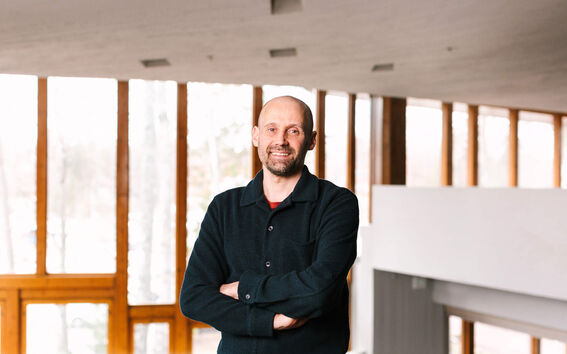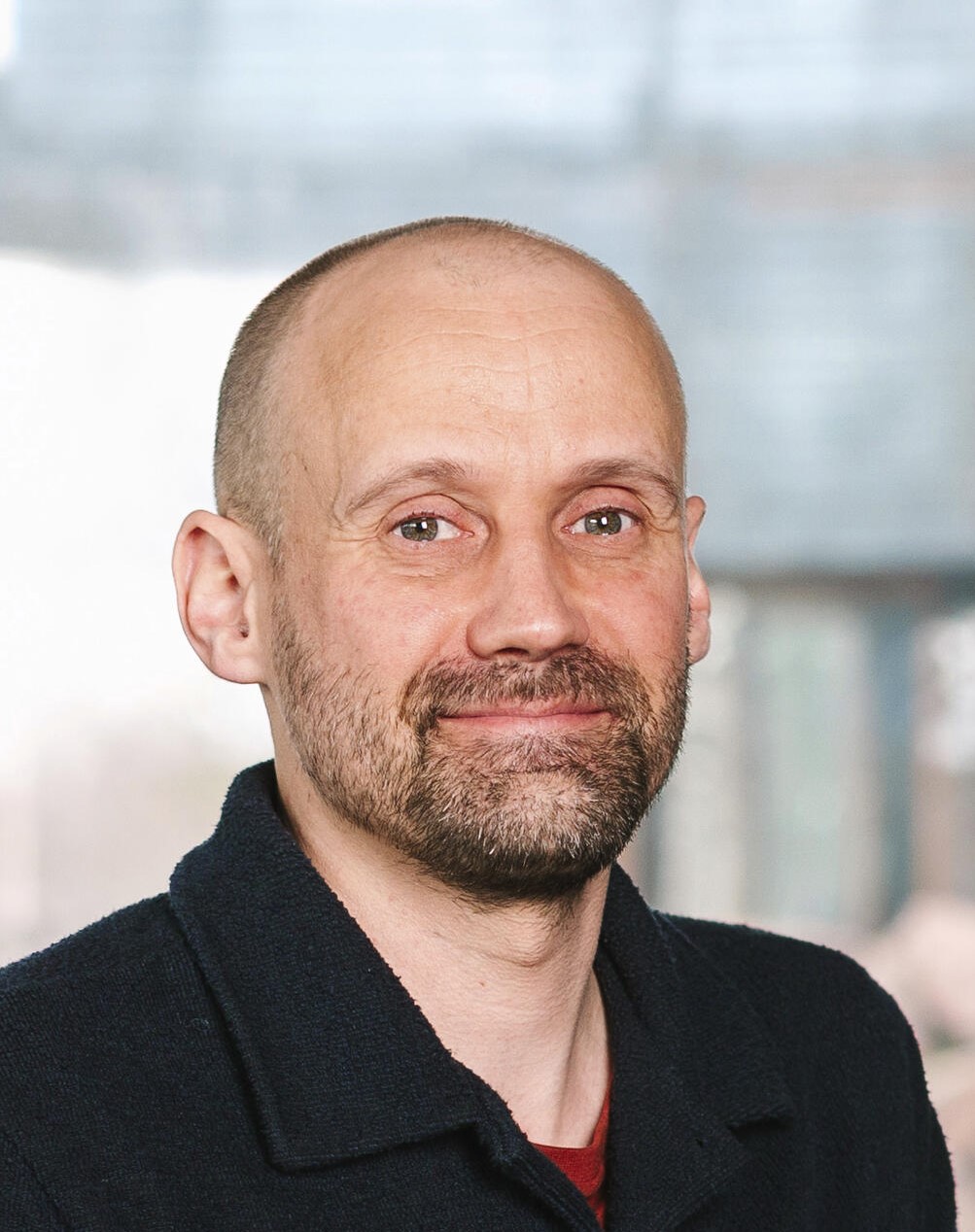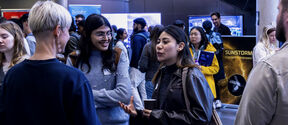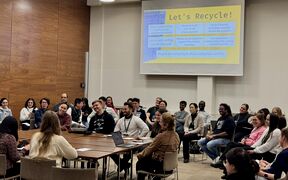Keys to growth: Basic research in AI is like long-term investing
Basic research in artificial intelligence (AI) doesn’t always generate quick wins or clickbait headlines, but its benefits can be seen throughout society


Last year, exports from Finland’s forest industry totalled 12 billion euros, accounting for around 17 percent of the country’s total export value.
This share has decreased from its peak as the sector has been hit by the decline of printing paper, fluctuations in the global economy and the end of wood imports from Russia.
Yet Kristiina Kruus, Dean of the School of Chemical Engineering at Aalto University, still sees a bright future ahead.
‘The forest industry will remain important for Finland. Globally, population growth and urbanisation are increasing demand for hygiene products, packaging, fuels and speciality materials. The key question is how the industry can grow sustainably while at the same time safeguarding forest resources and biodiversity. That calls for higher value-added production—new products and smarter, circular use of raw materials,’ Kruus sums up.
The School of Chemical Engineering has conducted research collaboration with industry for decades. Companies in the sector are also active partners in Circular Materials Bioeconomy Doctoral Education Network CIMANET, coordinated by Aalto and launched a year ago. Of Aalto’s doctoral researchers in the network, 40 percent work closely with companies and receive part of their funding from them.
The new Aalto Inventors programme has been teaching researchers at the Aalto Bioinnovation Center and the joint Aalto–VTT flagship FinnCERES how to commercialise their research—with excellent results.
Still, changing the direction of the forest industry does not happen overnight. Investments are costly, and commercialising new technologies carries major risks, Kruus notes.
A good example is carbon capture, often described as “plugging the smokestacks.” The carbon dioxide that causes problems in the atmosphere becomes a valuable raw material once captured—for instance for e-fuels, chemicals or even food products.
‘We already have the necessary chemistry and technology, and pulp mills emit large, concentrated streams of CO₂. For capture to be profitable, at least at the beginning, CO₂ emissions would need a price. Support from society and decision-makers is essential for the technology to take off.’
The importance of legislation is also highlighted by Professor Lauri Rautkari, Head of the Department of Bioproducts and Biosystems and an expert in environmentally friendly building products.
‘Construction is a very traditional sector where things have long been done in a certain way. But if regulation requires materials to be recyclable, it opens the door to entirely new products,’ he says.
And there is no shortage of possibilities: in the hands of researchers, wood can be turned into almost anything.
Wood is an excellent building material: it grows by itself, is light to transport and, when used in construction, stores carbon for hundreds of years.

But wood is not limitless—not even in Finland, which has the most forest per capita in Europe.
That’s why traditional wood construction alone will not save the forest industry—or the planet—Rautkari stresses.
‘Only half of a thick log ends up as building material; the other half goes to the pulp industry or energy. And then there are branches, treetops and smaller trees for which we need to find uses.’
In the future, Rautkari hopes to see new building products that combine wood’s strengths with recycled or even unconventional raw materials. His group has developed, for example, a composite material made of sawdust and fungal mycelium that only requires energy during the drying stage.
Companies are often criticised in public debate for a lack of innovation.
Yet companies must remain profitable, so especially in difficult economic conditions, investments in innovation can be hard to justify, says Monika Österberg, Professor of Wood Product Chemistry at Aalto.
‘That’s why it’s important not only to develop new ideas but also to show how they can be scaled up to industrial level.’

The biomass of wood and other plants consists of three building blocks: cellulose, hemicellulose and lignin. The core idea of the Research Council of Finland-funded FinnCERES flagship is to develop products that make use of the specific strengths of each building block.
‘This also makes industrial processes easier,’ Österberg explains.
Her research focuses on lignin, which is currently used mainly for energy production. Yet lignin has many excellent properties: it repels water and protects against microbes, UV radiation and oxidation. Valuable applications can be found, for example, in adhesives and coatings.
Lignin can also be used to produce hard carbon, a key material for sodium-ion batteries.
‘Given the state of the world, the importance of the forest industry will only increase as an enabler of security of supply and self-sufficiency,’ Österberg reflects.
Like her colleagues, she looks to the future with optimism.
‘Science gives hope because it constantly reveals new possibilities. The best part is working with young researchers. They are so smart and energetic that they will certainly find ways to save the world.’
Photos: Eeva Suorlahti, Mikko Raskinen, Linda Lehtovirta and Jaakko Kahilaniemi


Basic research in artificial intelligence (AI) doesn’t always generate quick wins or clickbait headlines, but its benefits can be seen throughout society

Talent is fuel for the future — and Finland also needs it from abroad. Aalto and VTT have been internationalising rapidly, but the nation still has room for improvement in supporting international experts to put down roots.

This article series tells the story of Aalto’s work as a builder of a better society. Aalto Founder School equips students with the skills needed to set up and lead a successful growth companies

In this article series, we highlight Aalto University’s work as a builder of a better society.

Aalto University Junior is a champion of equal opportunities and hands-on learning, growing in popularity year after year. Veli-Matti Ikävalko, who leads the work, shares how this window into Aalto was created—and how the university spark is ignited.
Collaboration between universities and companies on doctoral dissertations brings research results closer to practice and opens new career paths for young researchers.

University's government funding has decreased. We need your support. Make a donation for a sustainable future!



